Gaining Perspective: Students Reflect on Their Alternative Spring Break
By Campbell Treschuk ’28While some Bowdoin students spent this year’s spring break with family, friends, or teammates, others took a different path, joining various service trips across—and outside—the country.
Alternative Spring Break (ASB) trips are run by the McKeen Center for the Common Good and take place during the first week of the break in March.
The aim is to give students an opportunity to participate in intensive public service and learn about important social issues while being exposed to communities beyond Bowdoin.
This year’s roster included three domestic excursions to Arizona, Miami, and New York City, as well as two international trips to Belize and Guatemala.
Each year, after the students return to campus and have had a few weeks to think about their experiences, they are invited to attend a night of shared reflection, called Perspectives.
On April 17, students gathered with McKeen Center staff in Moulton Union’s Main Lounge to discuss their experiences. Tim Wylie, interim assistant director of the Center, opened the event by conveying what he sees as most important about the ASB program, including learning how to ask the right questions. Wylie also advised students to continue their work with community service and engagement. “Don’t let this be the end,” he said.
Later in the event, the two McKeen Center coordinators for the program, Luna Jiang-Qin ’25 and Brian Liu ’25, spoke. Both also led trips this year. They described what they see as the benefits of ASB, including its interdisciplinary nature.
“I think [ASB] is like a really rare space where people can converge from different departments and subjects and studies and talk about an issue that everyone is passionate about,” Liu said. “There are a lot of issues in our world that require an interdisciplinary mindset.”
The leaders from each of this year’s five trips briefly presented remarks about their journeys, before participants were given a chance to discuss their own experiences. The members of each trip group were split up across different tables to encourage cross-trip dialogue, including things they saw that changed their perspectives.
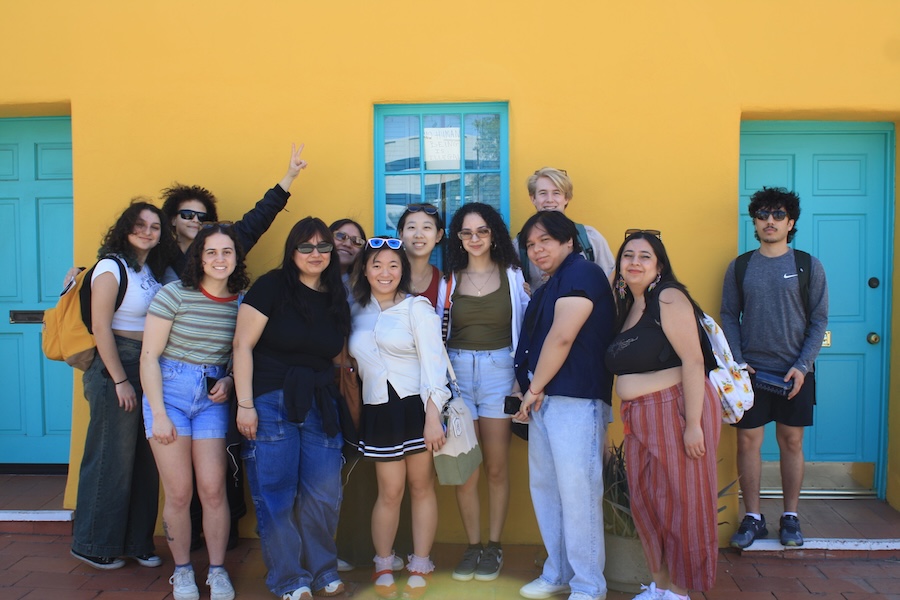
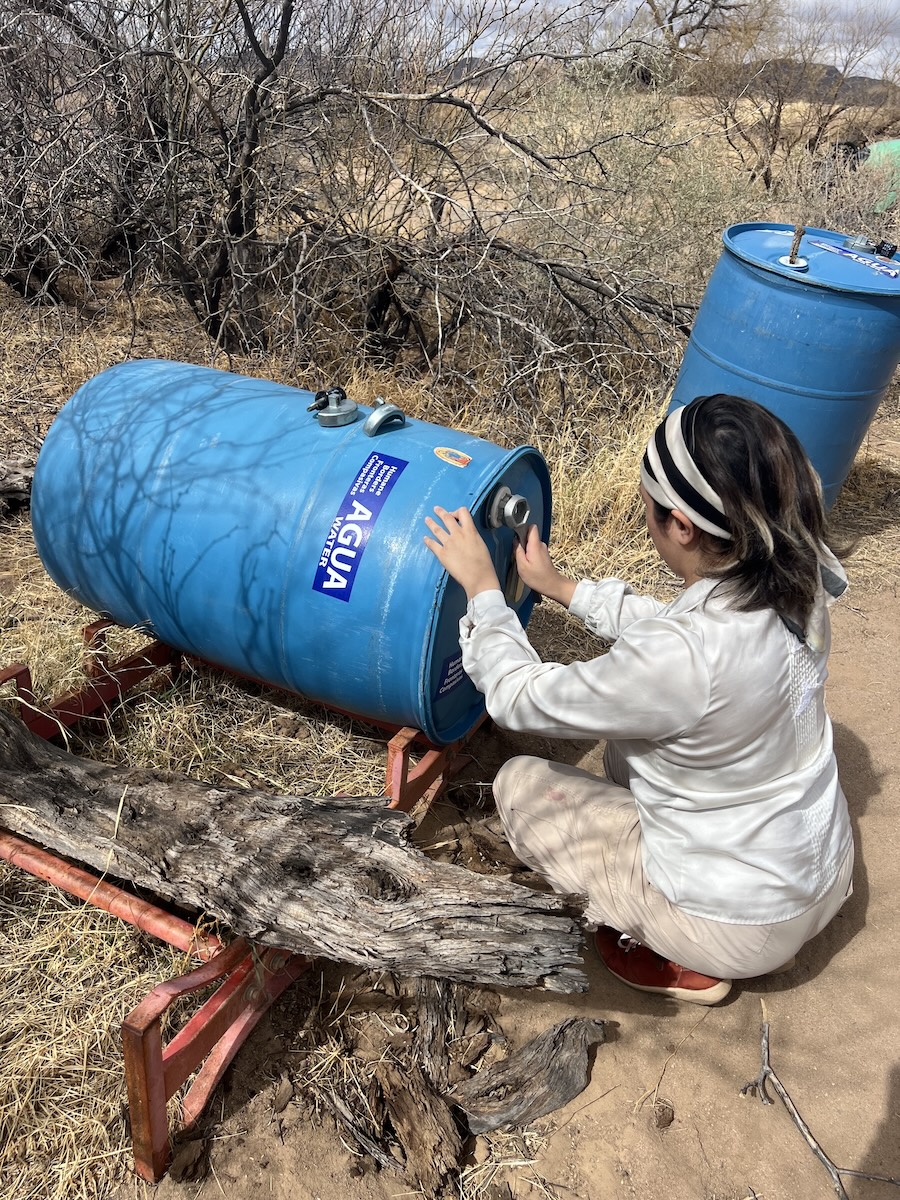
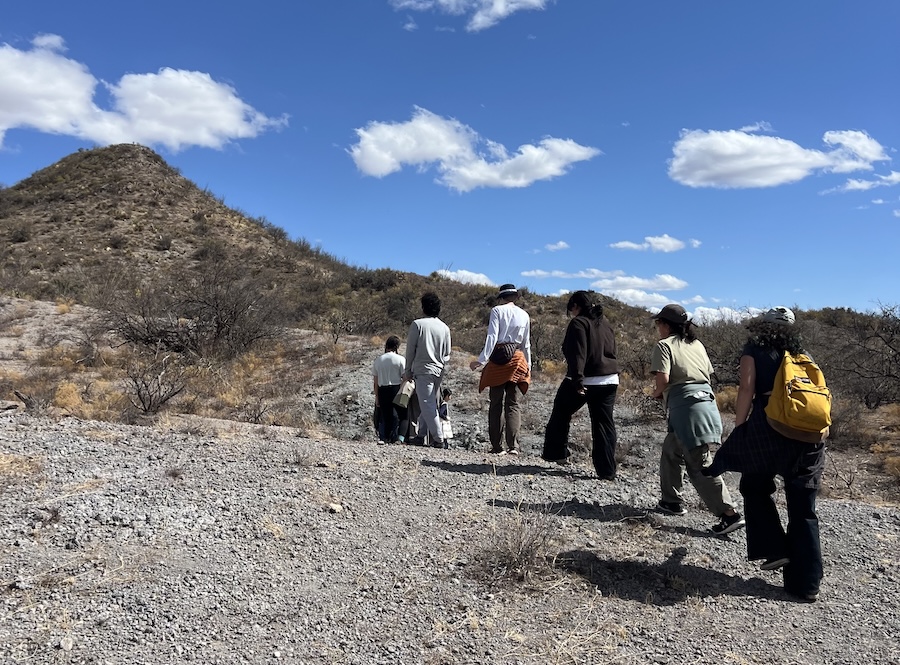
The first trip, Lessons from the Border in Southern Arizona, was led by Stephanie Lemus ’25 and Angela Delgado ’25. Participants volunteered with multiple nonprofits, including Humane Borders and Tucson Samaritans, that serve as resources for migrants, gaining insight into their experience and US immigration policy. They also explored Saguaro National Park and the Sonoran Desert Museum.
Lemus said she enjoyed witnessing how much her group learned over the course of the trip. “I’m really grateful for all of their insights, all of their thoughts, and [their willingness] to be so vulnerable and share everything,” Lemus said.
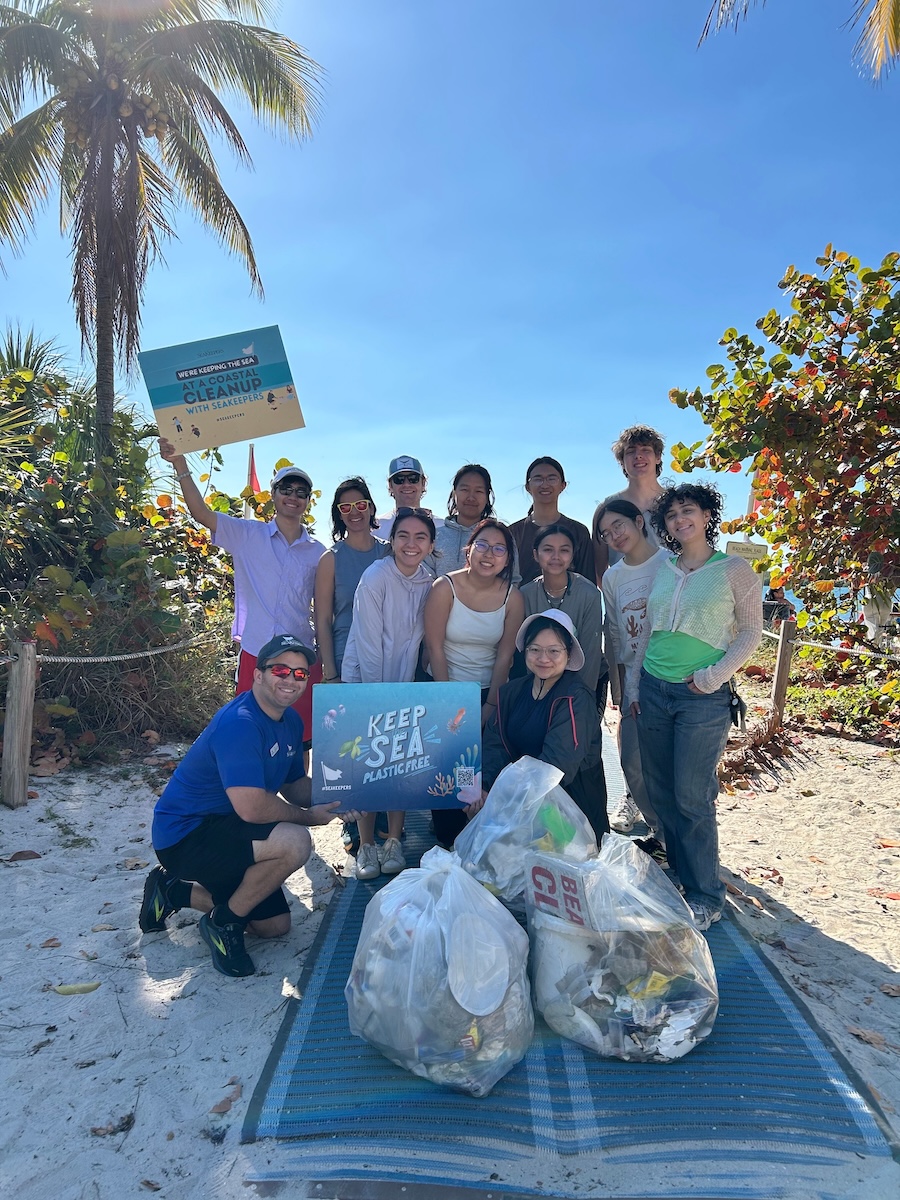
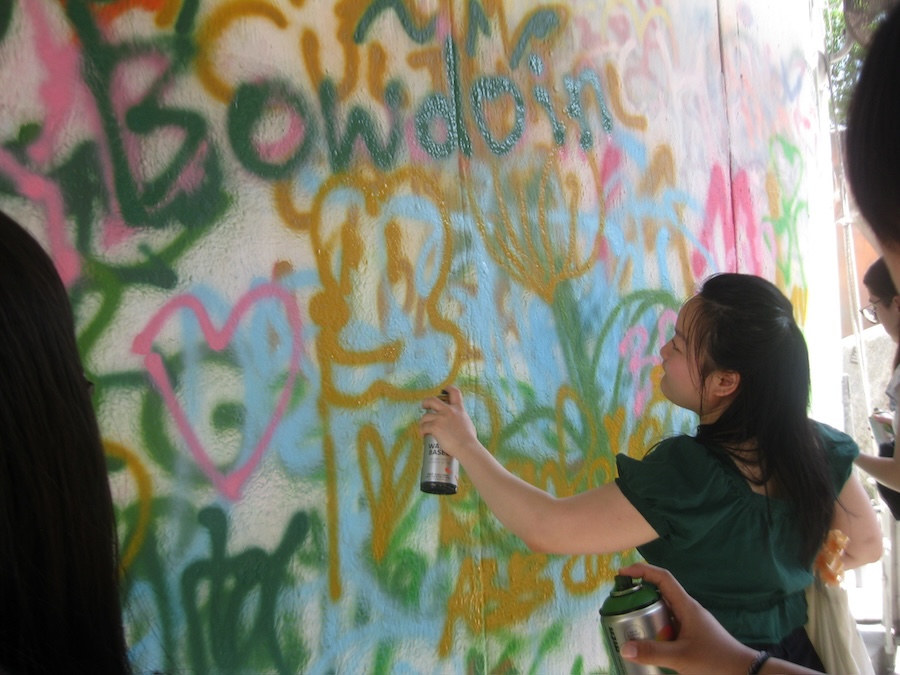
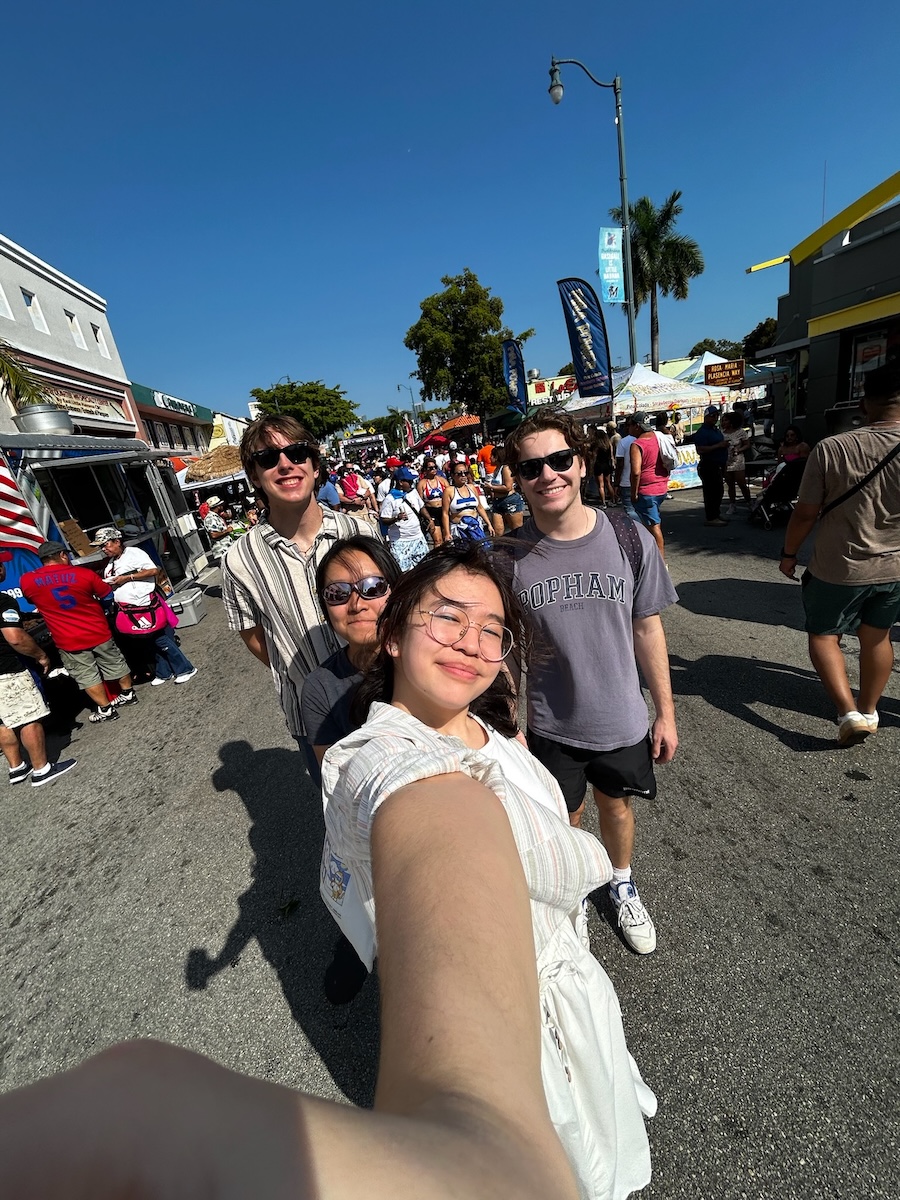
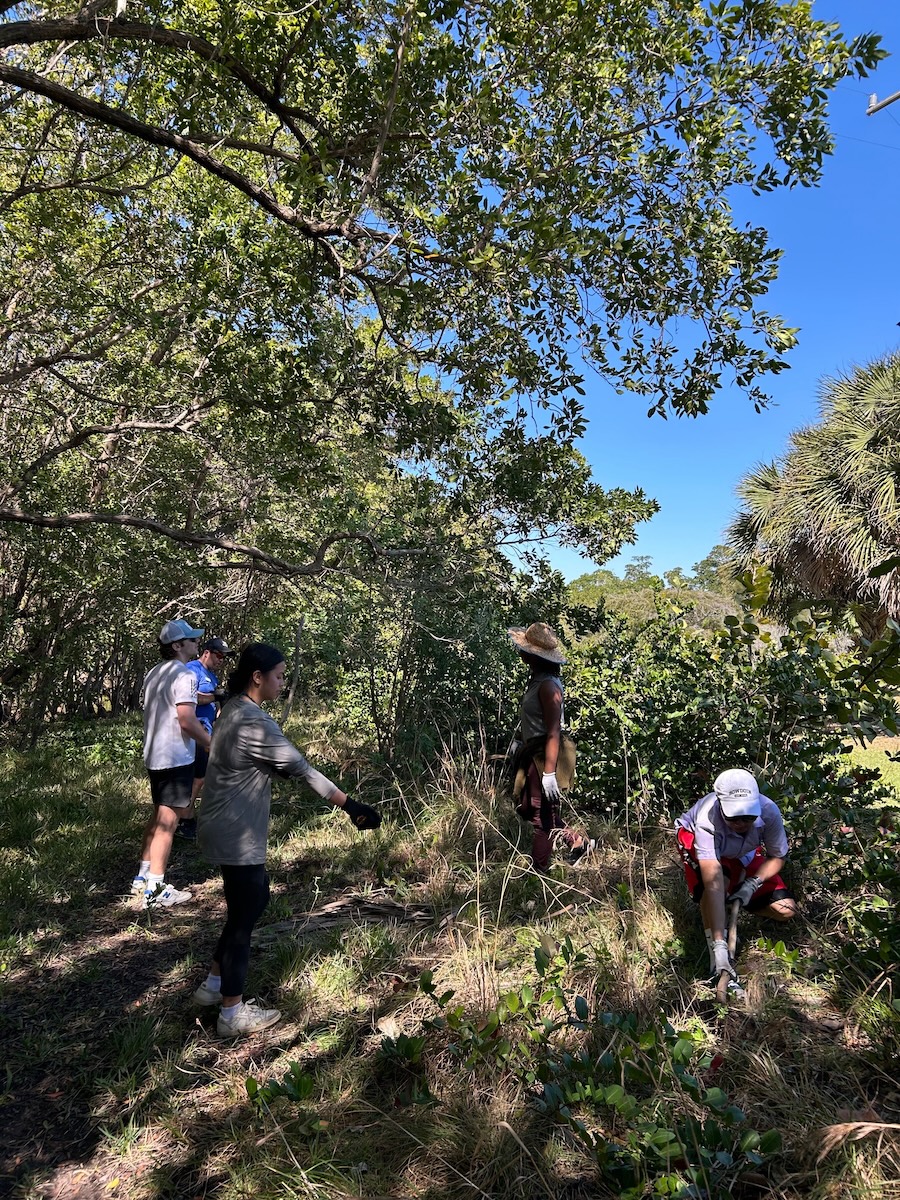
Anna Feng ’28, who participated in the trip, said that although she found seeing the biodiversity of South Florida’s reefs fascinating, the impact of climate change was also plain to see. “There were patches where it was just sand,” Feng said.
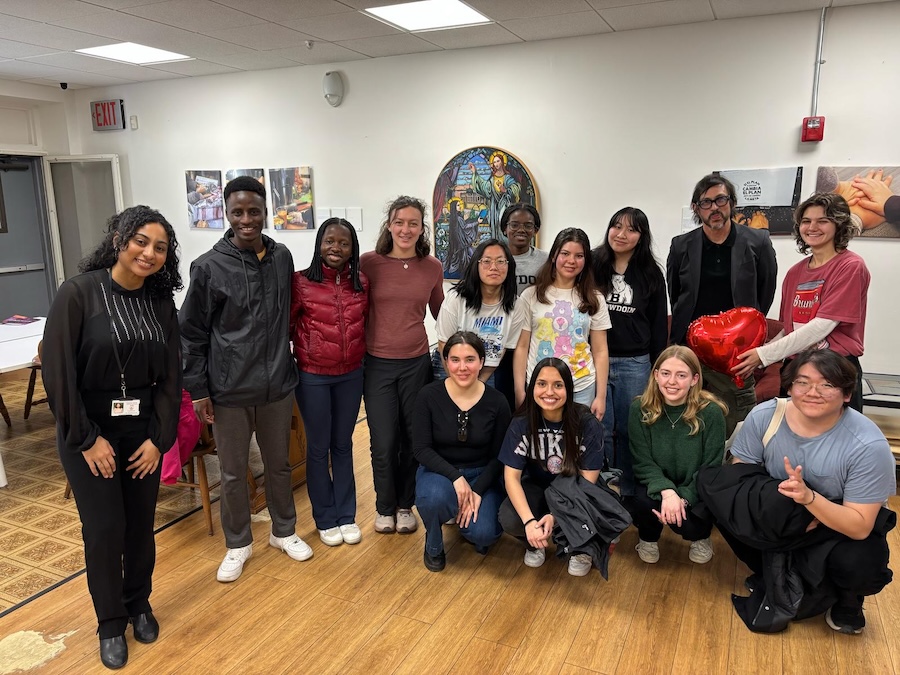
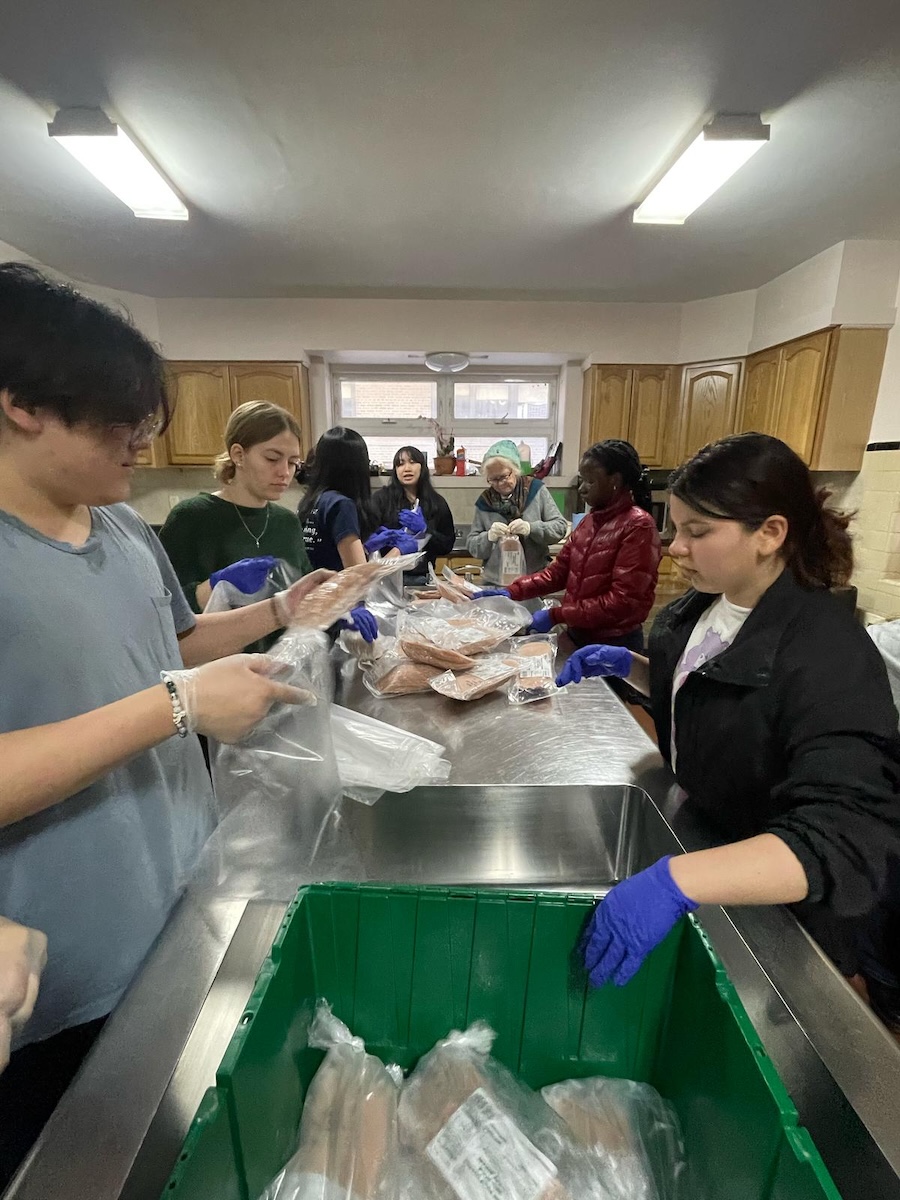
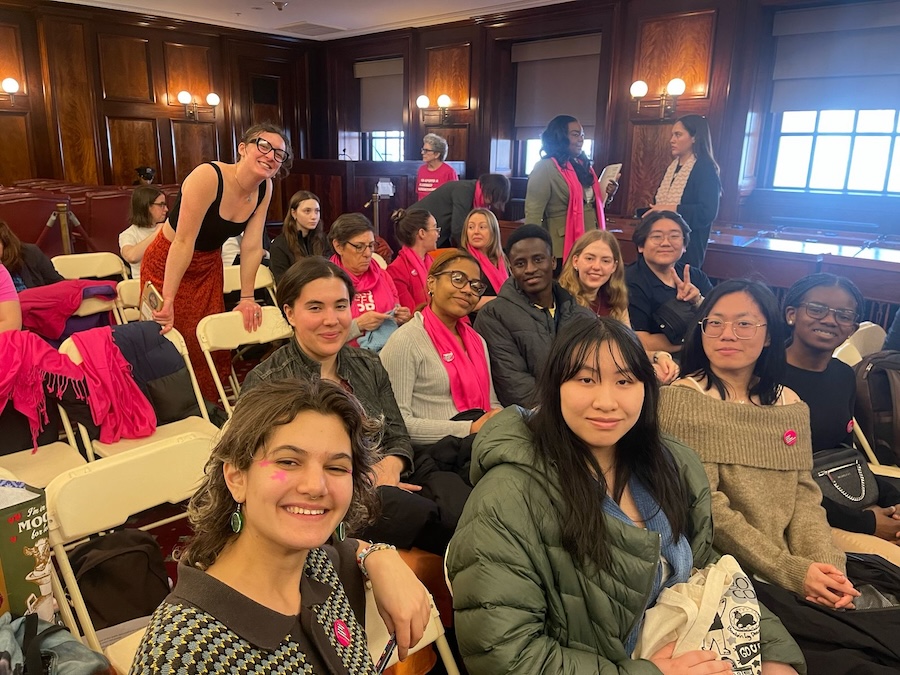
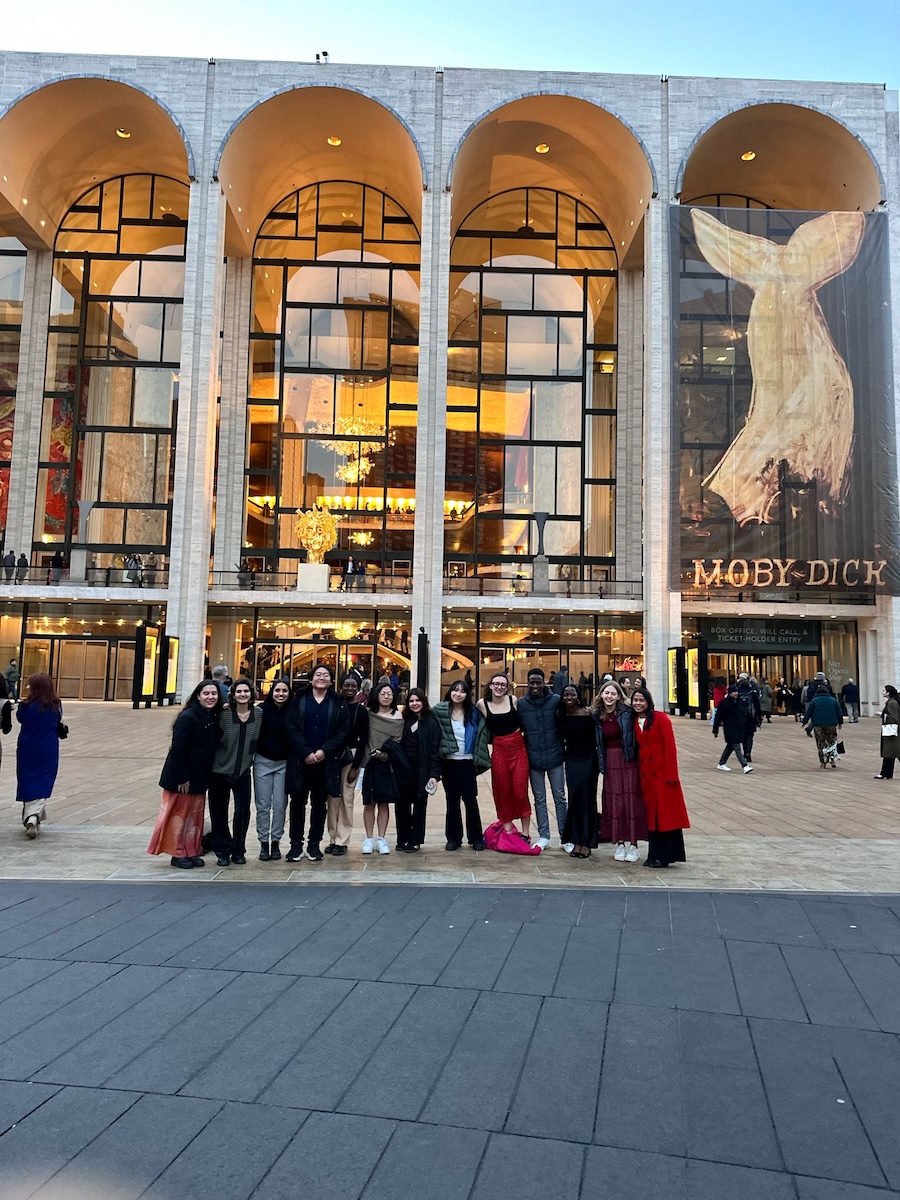
Larah Gutierrez-Camano ’26 and Andrea Cordova Cisneros ’26 led Latino Migrant Health in New York Urban and Rural Spaces, trekking through New York City and the Hudson Valley to explore different resources available to migrant communities. Participants worked with many community partners, including health care providers in the city and community-based organizations in the Hudson Valley.
Gutierrez-Camano highlighted the organizations, including Cabrini Immigration Services and Planned Parenthood, that the group teamed up with in the city.
“It was really wonderful going into the city and seeing through Planned Parenthood the kind of policy work and change-making that can take place in urban environments where a lot of policymaking happens,” Gutierrez-Camano said.
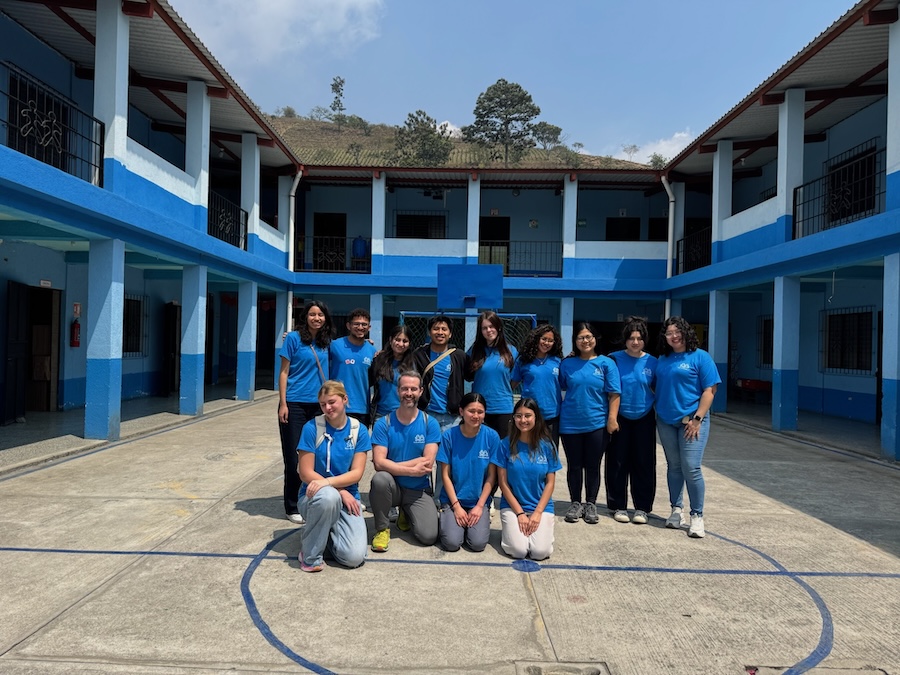
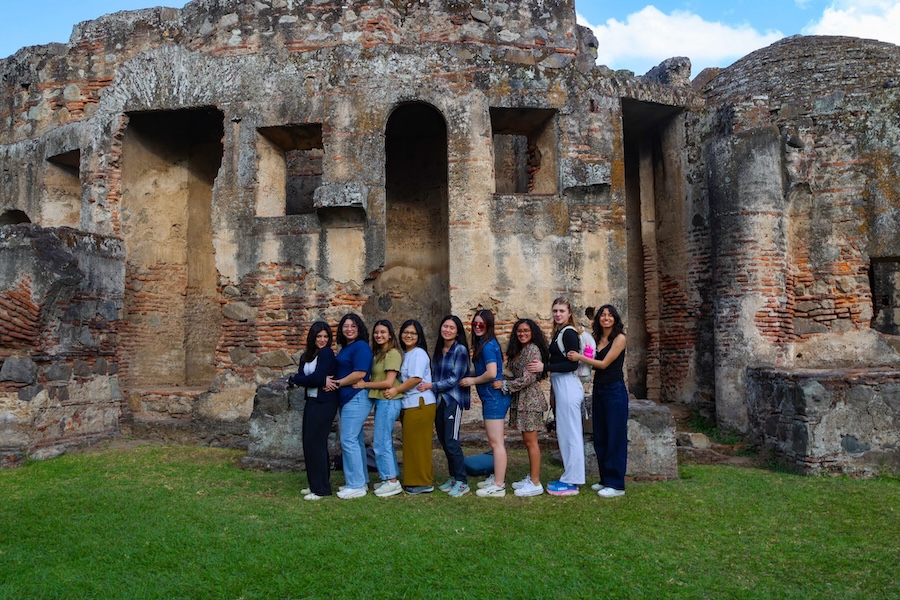
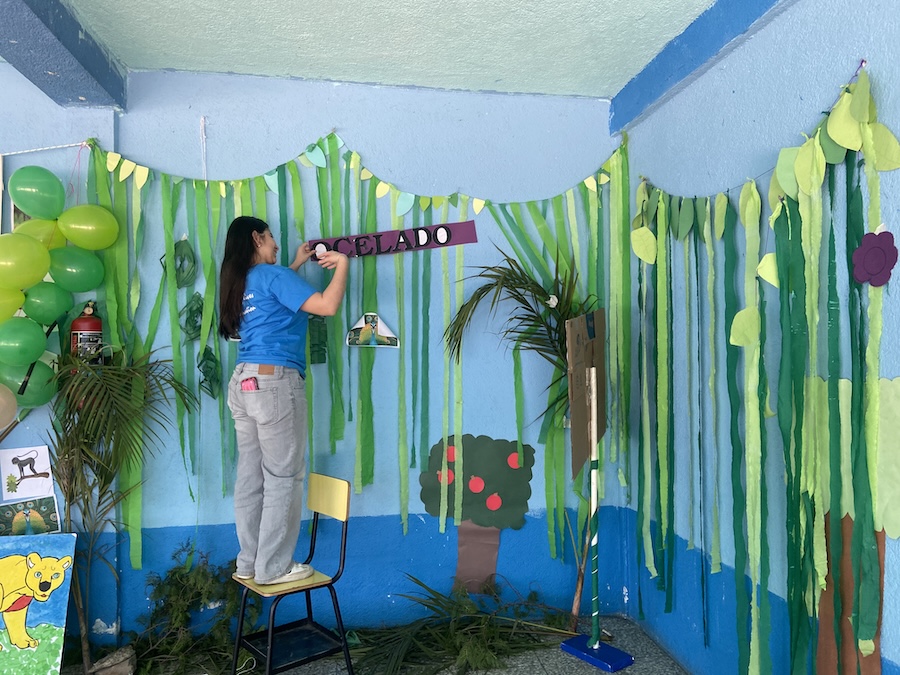
One of the two international trips, Education as Youth Empowerment in Guatemala, was led by Jiang-Qin and Melanie Ovalle ’27. Exploring the factors that contribute to youth development and education in Guatemala, participants spent their week volunteering at an elementary school outside of Antigua, Guatemala’s colonial capital. They also hiked Volcán de Pacaya and explored Antigua’s rich history at Convento de Las Capuchinas.
“Our group had so much fun just going to the school and [getting to experience] the culture of Guatemala,” Ovalle said.
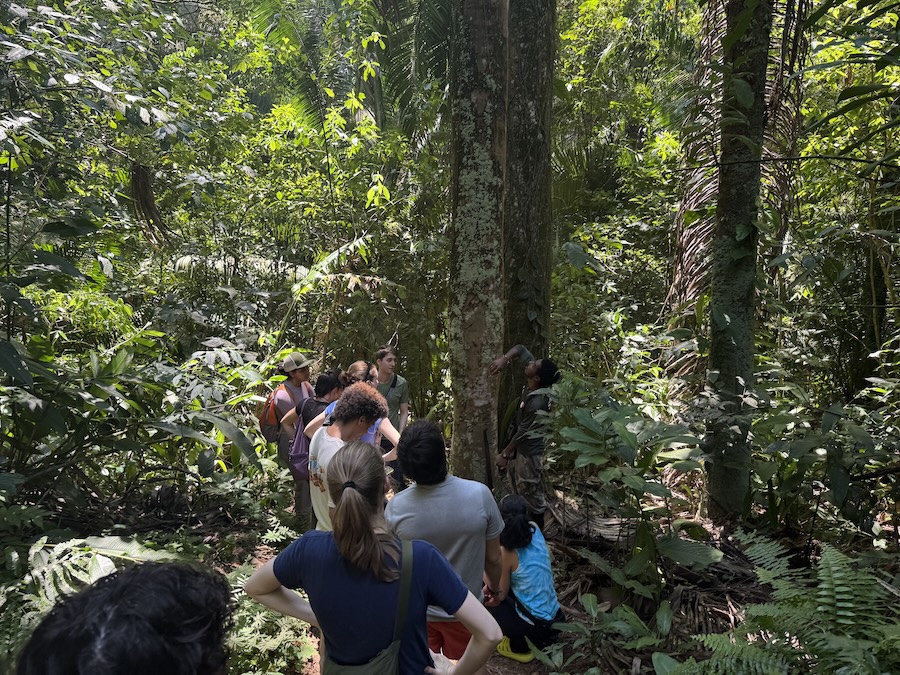
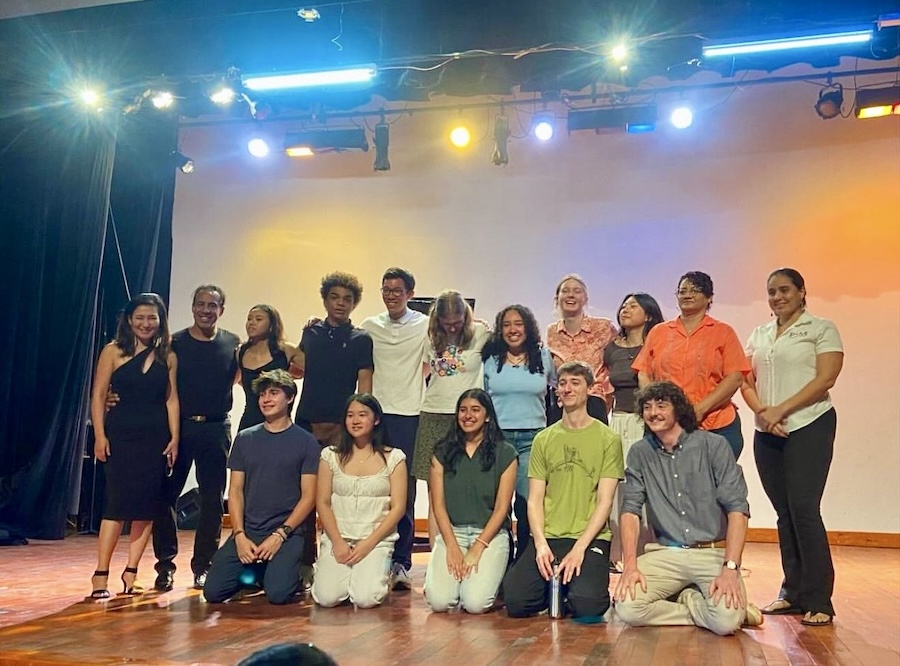
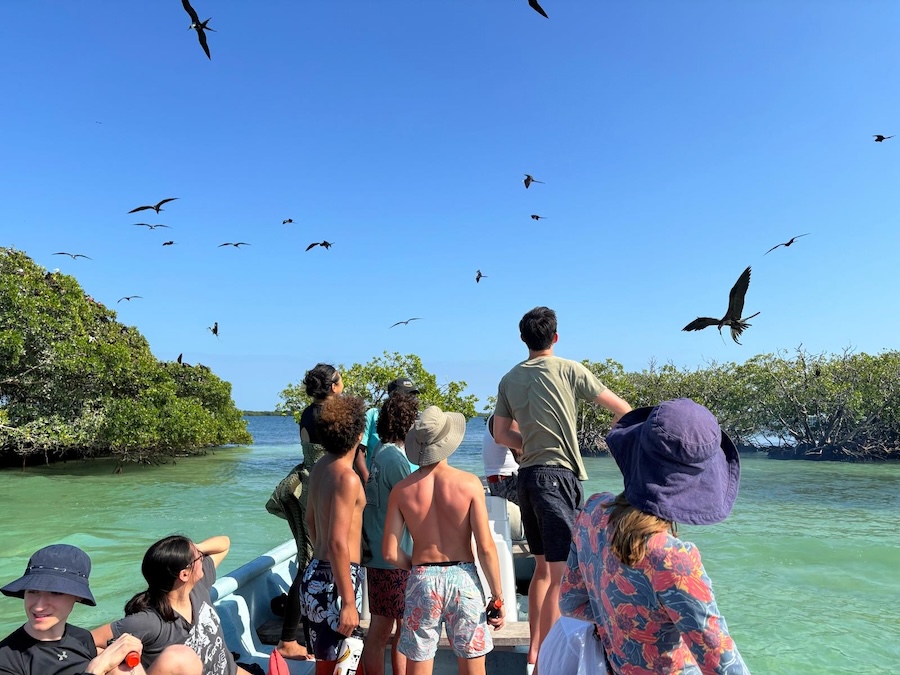
Ashwini Sahasrabudhe ’25 and Liu led the final trip, Resilient Communities Through Music and Environmental Conservation in Belize, journeying across the Central American country from the Maya Mountains to the coast to a music school in Belize City. They explored the intersection of music, culture, and conservation with Pen Cayetano Studio Gallery, Tobacco Caye Range, Toucan Ridge Ecology and Education Society, Bliss Center for Performing Arts, and Altun Ha.
Emily Liu ’28, part of the Belize trip, found the coastal section, where the group studied the impacts of ecotourism and participated in a beach cleanup, particularly eye-opening. She said she learned about the cost of cleaning up trash during this experience.
“They actually told us that we couldn’t collect too much trash because they couldn’t bring it all back to the mainland because it was really expensive,” Emily Liu said.
Brian Liu concluded by discussing the value of community in the ASB experience.
“I think one of the values of ASB trips is not really just focusing on the issue, but also getting to see how communities are formed and how people get to contribute to that,” he said. “Everyone learns what it means to be part of some new kind of group.”